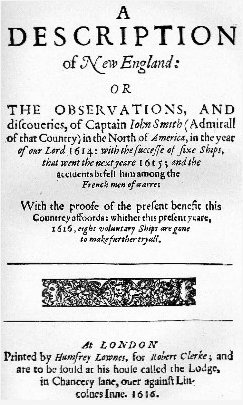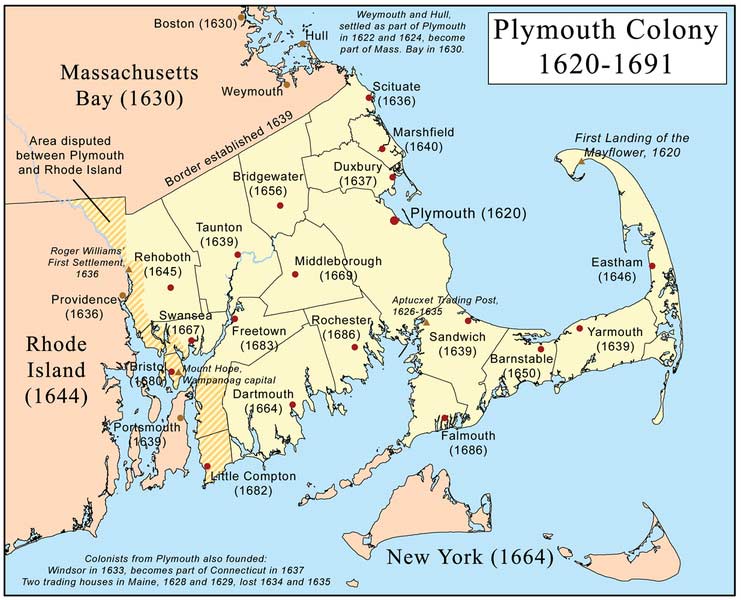Plymouth Colony is also known by two other names: New Plymouth and Plymouth Bay Colony. It was a colonial endeavor by the English in North America from 1620 to 1691. The colony first settled in New Plymouth, a place discovered and named by Captain John Smith (and is now a place in Massachusetts called Plymouth). It was founded by the Pilgrims, originally formed into two groups known as the Separatists and the Anglicans.
Mayflower Compact
This colony had been one of the successful colonies in the early years along with Jamestown, Virginia. The Plymouth Colony did not have a royal charter in order to be authorized to form its own government. The Mayflower Compact was its first governing document. This was signed by forty-one men in Provincetown Harbor on November 21, 1960. The Governor was the highest and the most powerful leader in the colony and was originally elected by the people, but was later selected by the court. The colony had an official seal that shows four figures in Native American clothing within a shield with St. George’s Cross. This seal is still used in Plymouth today.
Survival
During Plymouth Colony’s first two-and-a-half years, the economy was in the form of a communal system. This means that there was no such thing as private property or division of labor. The crops and food were grown for allocation to the whole town and were equally distributed to the people. But in 1623, the Plymouth Plantation had difficulties which led to starvation. This led the leaders to try another system. They started to allot private properties, mainly land, which increased productivity and pulled the plantation out of poverty. It was proven that people became more productive when they were tasked to plant the crops that they would later use for their own consumption.
Agriculture, Livestock, & Trading
 Fur trading had been the largest supplier of wealth in the colony but they were raided frequently creating economic difficulties for the people. To make up for the losses, the people fished out of Cape Cod that had been abundant to all types of fish. Yet it didn’t take a long time before they also gave up on this because they lacked fishing skills. Cattle raising and selling were the livelihood that improved the colony’s economy.
Fur trading had been the largest supplier of wealth in the colony but they were raided frequently creating economic difficulties for the people. To make up for the losses, the people fished out of Cape Cod that had been abundant to all types of fish. Yet it didn’t take a long time before they also gave up on this because they lacked fishing skills. Cattle raising and selling were the livelihood that improved the colony’s economy.
The Great Migration brought the price of cattle down. The livelihood was also affected by the presence of other animals such as pigs, goats and sheep that were being raised in the colony. Agriculture was a source of livelihood in the colony. Colonists planted squash, pumpkins, potatoes, beans and maize. They also adopted the planting of carrots, oats, turnips, wheat, barley and peas. The colony had very little cash but they were wealthy because of their physical possessions. The residents experienced economic stability because of durable goods like fine wares and clothes.
The Colony’s history was short-lived but has a special role in the history of America. Members of the colony were heavily engaged in matters of the soul. They constructed a church where they could worship. They also gave birth to a tradition that is still celebrated up to the present time, Thanksgiving.
